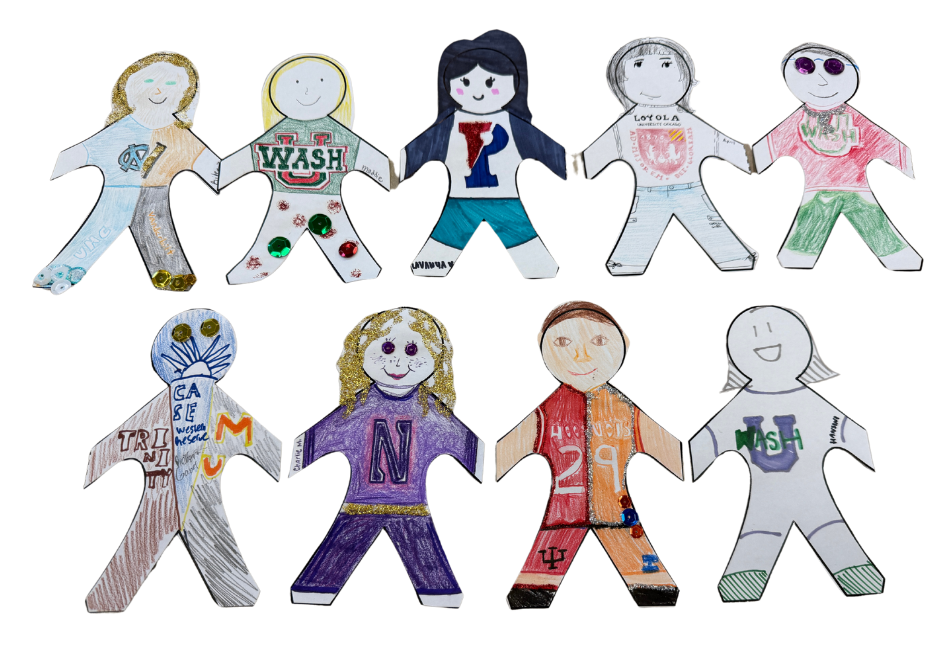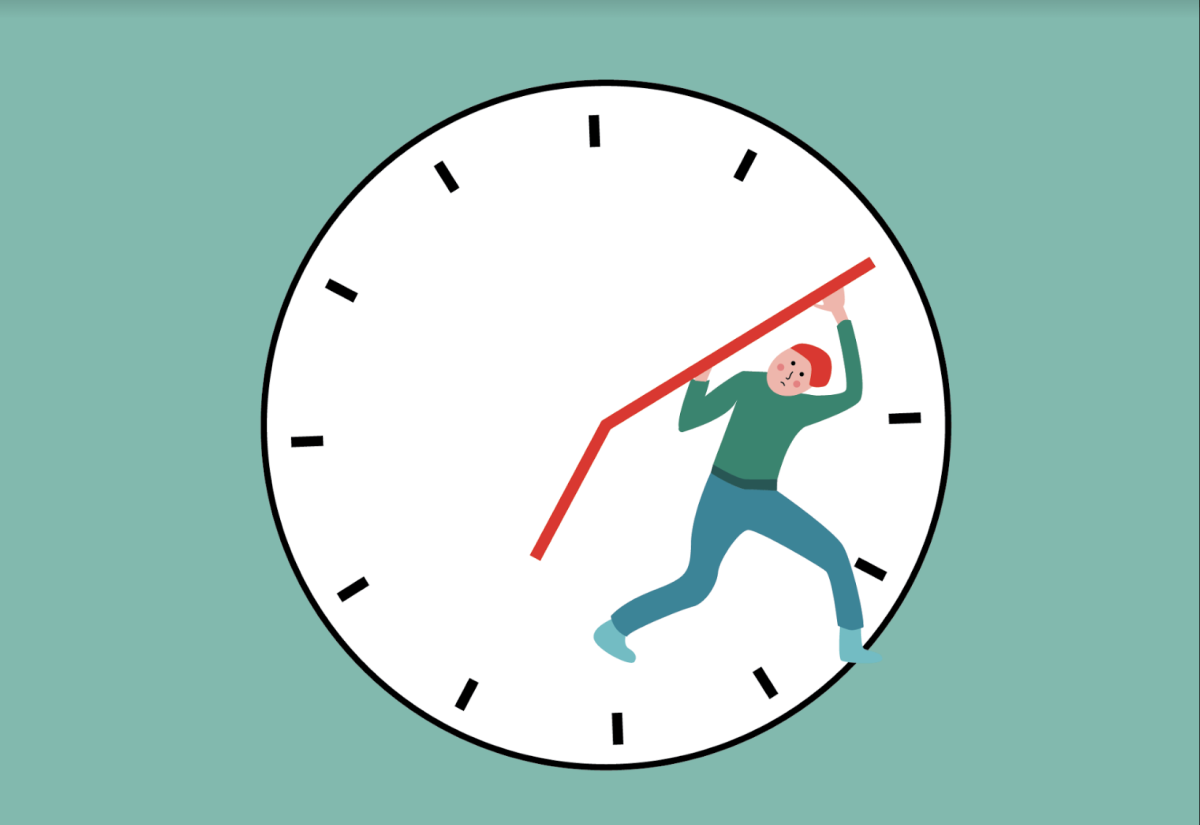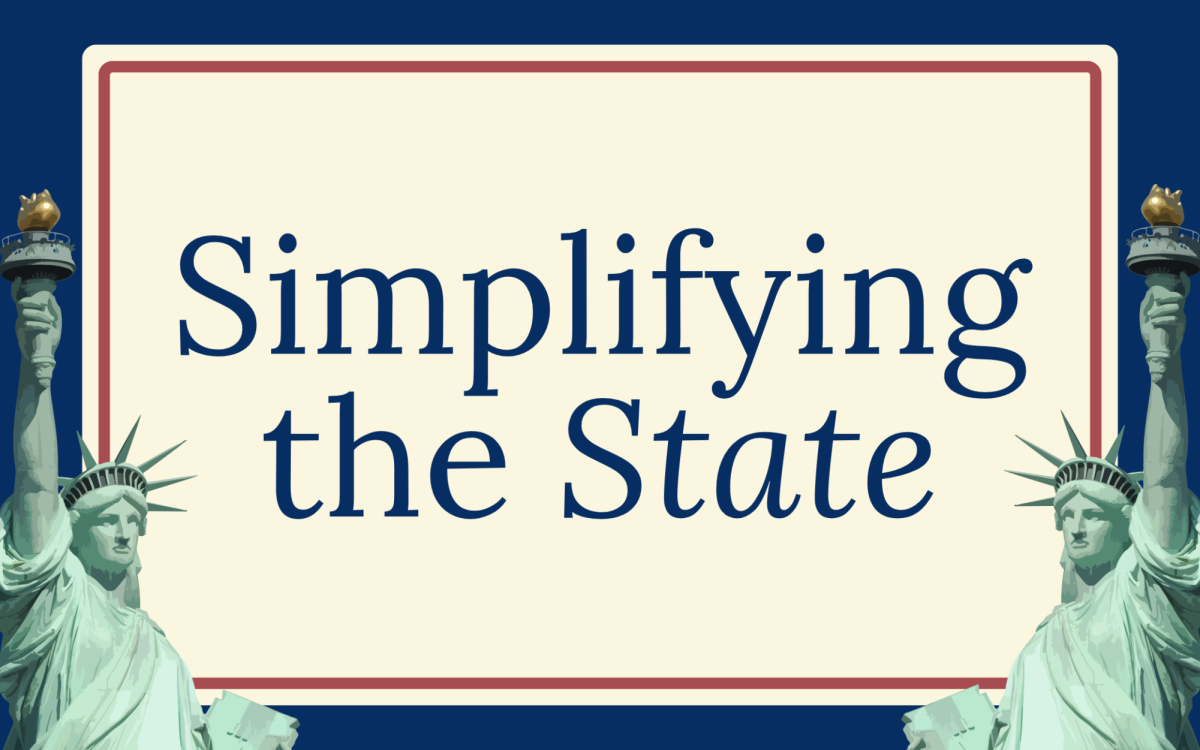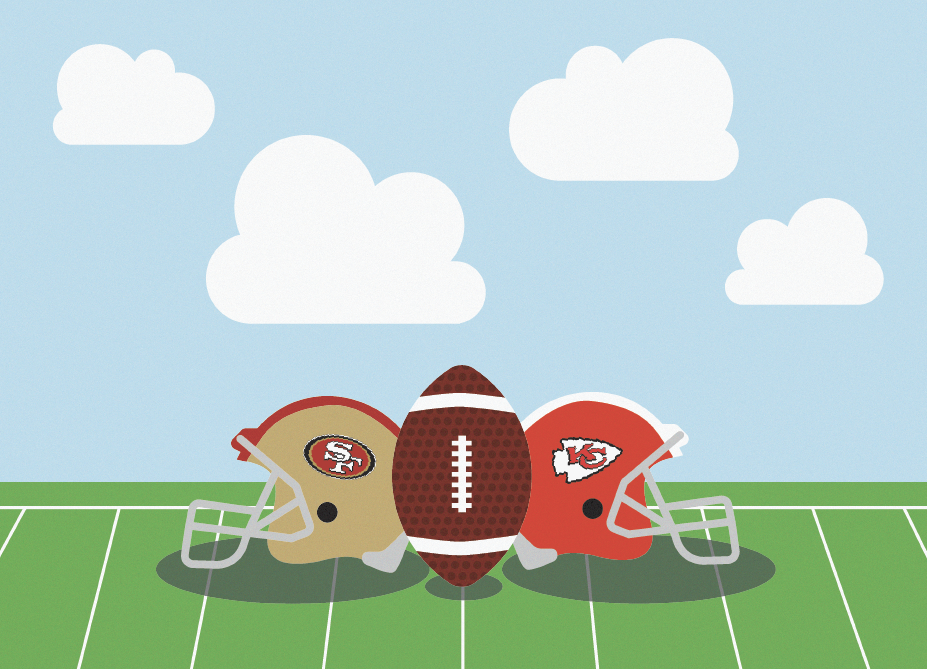Pro/Con: Standing for the Pledge
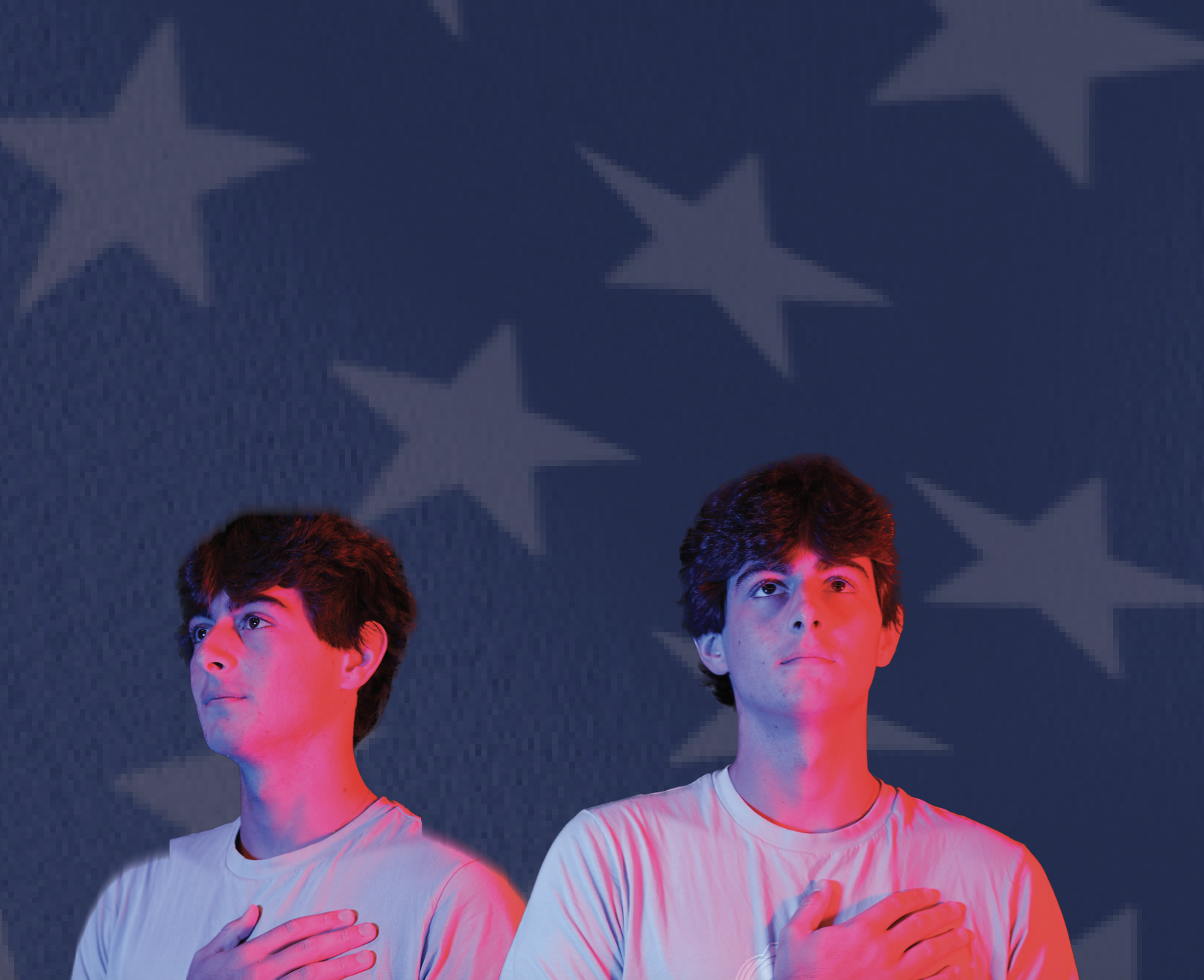
I pledge allegiance to the flag of the United States of America and to the republic for which it stands, one nation under God, indivisible, with liberty and justice for all.” From this sentence, remove the flag. Remove the United States of America. Remove God. What is left? “I pledge allegiance to the republic, for liberty and justice for all.”
Although the truncated version above is much less poetic than the original, the words defining this shortened pledge — republic, liberty, justice — are why a small minority at Clayton still choose to stand for it. At face value, the Pledge of Allegiance is often viewed as a commitment of subordination to the United States of America and every decision it has ever made. However, rather than a pledge of fidelity to a singular country under a singular flag under a singular evangelical God, many view it as a commitment to ideals and values.
“The Pledge of Allegiance is about pledging to make America the best place it can be, not to say that every choice America has ever made is right.
It’s a commitment to the common good.” Robert Laux has been a physics teacher at CHS for 23 years. During his time at the high school, the culture around saying the Pledge of Allegiance has changed fundamentally.
“I come from a family of military, police, fire, nurses, doctors, teachers — people who are here to serve the common good,” Laux said. “[Throughout] my upbringing. I was taught that it was important to respect our country. That’s not saying I agree with all of America’s actions, but we all have to be involved in pushing things in the right direction.”
When seeking out the opinions of the few CHS students who stand for the Pledge, this sentiment of participating to show respect for servicemen and women — people dedicated to preserving liberty and justice for all — was widely echoed.
“It only takes like 15 seconds,” freshman Kate Kubat said. “The people who fight for us have done a lot, and I think the 15 seconds of recognition is worth it.”
Before volunteering to write this piece, I had little to no opinion on standing for the Pledge. After Colin Kaepernick started kneeling for the National Anthem on live television during my sixth-grade year, the number of Clayton students who stood for the Pledge decreased exponentially. By the beginning of my 10th-grade year, almost nobody was left standing.
Admittedly, my decision, along with that of many other Clayton students, to stand or sit during the Pledge, has rarely been dictated by anything other than a general sense of apathy. We were taught to stand; now people don’t. Why turn this seemingly innocuous turn of events into an ideological struggle? However, according to those who stand for the Pledge, apathy is far worse than sitting thoughtfully and respectfully.
“I tell kids there are many appropriate ways to participate in the Pledge. If they want to stand and only say the parts they’re comfortable with, that’s cool. If they want to stand and not say it at all, that’s fine; it’s still being respectful of what’s happening,” Laux said. “People could even choose to sit and not participate. What I’ve encouraged kids to do, if they’re going to conscientiously object, is to consider why they’re not [participating] and consider what changes could they make in their community that would make things better in the United States so that they would be proud to stand up for the Pledge.”
Regardless of one’s personal choice to participate or not participate, Laux believes there is a certain level of respect that should be maintained during the Pledge.
“What I was taught growing up is that if you go to another religious service — if you go to a church, you go to a mosque, you go to temple — you’re supposed to participate appropriately and respectfully, Laux said. You say what prayers you maybe know. When there are things that you’re not comfortable with, you just respectfully listen. I think there’s a balance between being respectful during the Pledge and participating in the Pledge.”
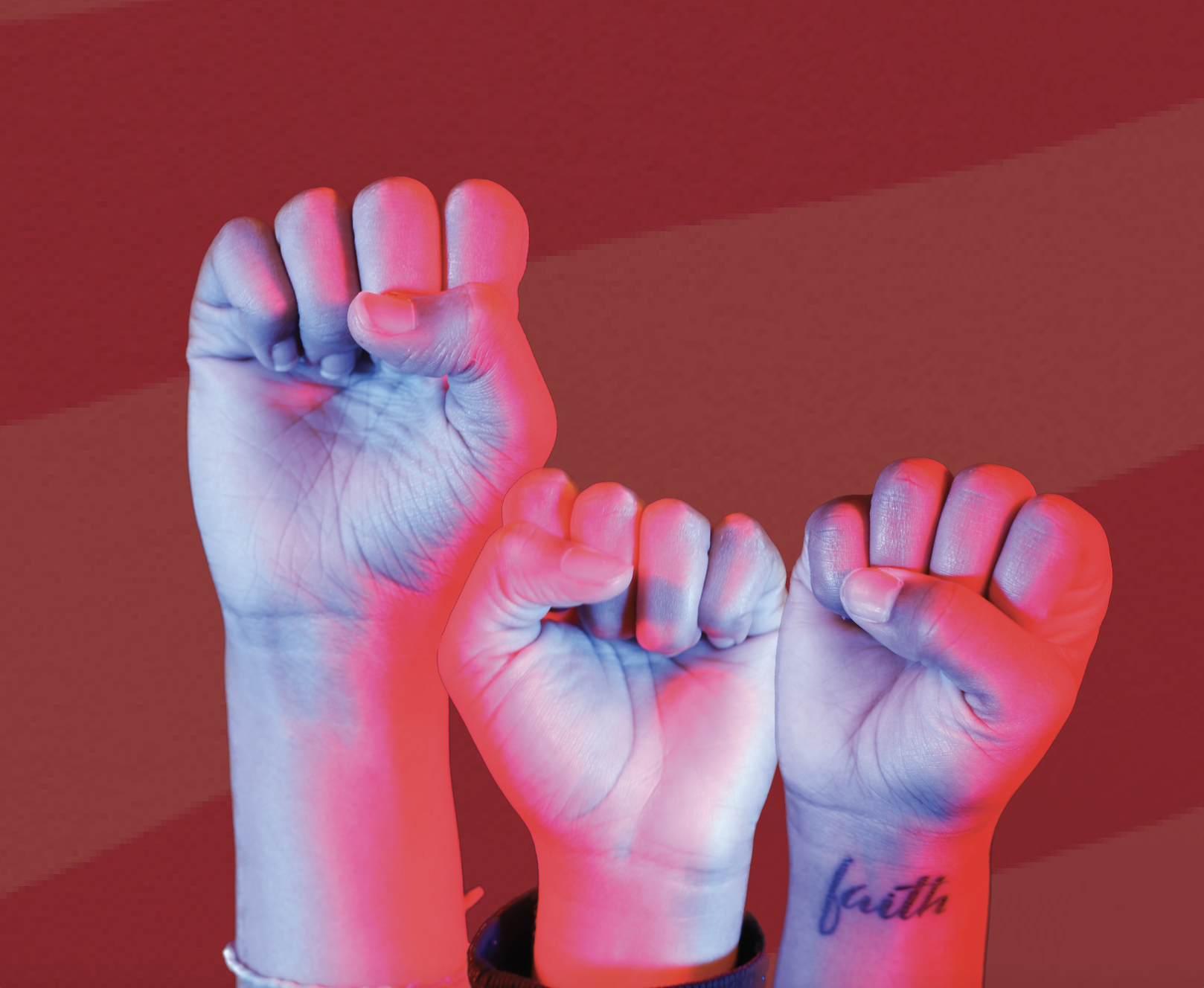
Since I was five, most of my peers and I were taught to stand in front of the American flag every morning, right hand on heart, reciting the same pledge daily. This was an easy act to do because we had yet to entirely develop the concept of having our own opinions. After attending high school and hearing the pledge announced daily over the intercom, I noticed most students do not participate in this “tradition.” In my four years at Clayton, I have seen one student rise for the pledge, and he transferred schools after his sophomore year.
As a public school in Missouri, all schools are legally required to conduct a reciting of the Pledge of Allegiance. In Missouri, as of Aug. 8, 2016, schools that accept public money must recite the Pledge of Allegiance in at least one scheduled class period; students are not required to recite it.
As a young woman who has come to form her own opinions on not only our country but the people who make up the country, I have come to the decision that standing for the pledge is something that I refuse to do until the actions of this country reflect the words recited in the pledge. The original Pledge of Allegiance was written by Francis Bellamy in 1892; it was created to be recited by anyone from any country. In 1923, The United States recreated the pledge: “I pledge allegiance to the Flag of the United States of America and to the Republic for which it stands, one nation, indivisible, with liberty and justice for all.” The words “with God” were not yet included until 1954. Given the social state of our country in the 1920s, implementing this change to Bellamy’s pledge was inappropriate for its period. Individuals treated with the opposite of “liberty and justice” were expected to recite this pledge with pride for a country built off of morals and systems against Native Americans, African Americans, Asian Americans, Mexican Americans and many more minorities. In the 1920s, the horrific Rosewood massacre took place; this racially motivated massacre led to the death of numerous Black people and the destruction of a Black American town in Levy County, Fla. Also taking place in the 1920s, the notorious hate crime organization, The Ku Klux Klan, was brought back to life; they targeted minorities including but not limited to African Americans, Catholics and Jewish people. Although our country has made improvements since the 1920s, work still needs to be done to make the words of the United States Pledge of Allegiance truthful. Considering the progress we have made thus far regarding equality, I believe there will be a day when the words of the pledge will be fulfilled with pride, and everyone will be accepted with liberty and justice for all.
A $50 or more donation includes a subscription to the Clayton High School Globe 2024-2025 print news magazine.
We will mail a copy of our issues to the recipients of your choice.
Your donation helps preserve the tangible experience of print journalism, ensuring that student voices reach our community and that student democracy thrives.



